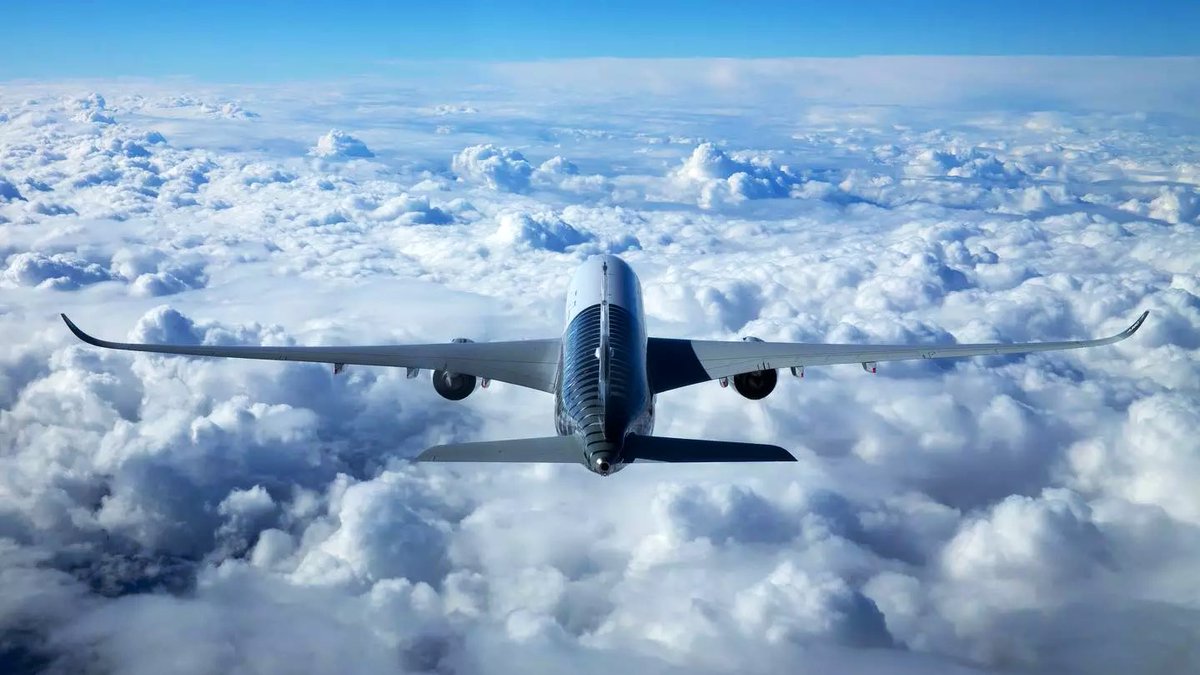Aircraft doors & emergency exits are for ingress/egress of pax & crew on ground only.
A question asked by many : Can these doors/exits be opened in-flight ?
🧵
A question asked by many : Can these doors/exits be opened in-flight ?
🧵

Operating the opening handle, the door moves slightly inward (0.5-4mm depending on door rigging) then upward before opening outward & moving fwd parallel to the fuselage.
The initial inward movement brings a gap between door & fuselage door stops, thus allowing the door to go up
The initial inward movement brings a gap between door & fuselage door stops, thus allowing the door to go up
https://twitter.com/chainsawrocks/status/1605952079369207809
In-flight, the lever can only be moved up until reaching about 30°-35°. This motion is sufficient to trigger the door closed & the latch sensors to indicate an unsafe door on ECAM. 

The ultimate force that a person can apply to the operating handle to open the door is 60 daN - a value achieved when the cabin pressure diff. is ~100mbar normally reached at ~4000ft, 2min after take-off.
During cruise, the max pressure diff. is 556mbar - 665mbar, which makes door opening impossible.
This translates to more that 18,000 pounds of force acting on the door, requiring in excess of 9 Tons of force to overcome. 💪
This translates to more that 18,000 pounds of force acting on the door, requiring in excess of 9 Tons of force to overcome. 💪

A nifty feature on #A380 is a Flight Lock Actuator (FLA) that activates at speeds above 80kts until FL260 to lock the door handle to avoid use/misuse.
Above that altitude, the diff. pressure is sufficient to prevent foot operation.
Above that altitude, the diff. pressure is sufficient to prevent foot operation.

In case of a very high load applied to try to open the door during flight (meaning more than 120 kg force applied on the door handle), there is still no risk of door opening, but a mechanism could be damaged or broken in the door mechanisms, acting as a fuse. 

• • •
Missing some Tweet in this thread? You can try to
force a refresh











